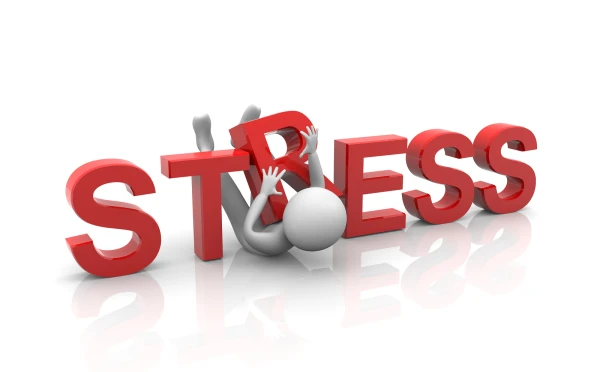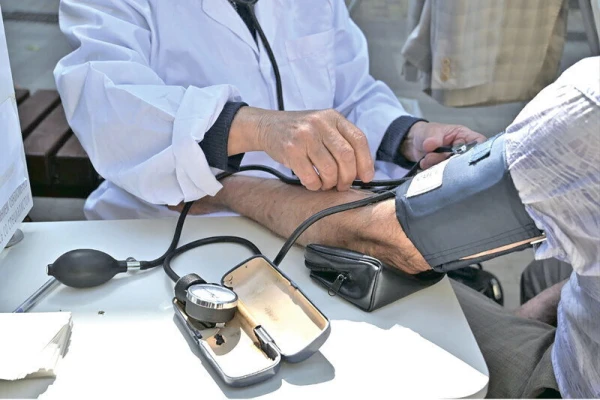
Stress accompanies us at almost every step. It is often called the “silent killer” of the 21st century, and there is some truth to this. However, two dangerous misconceptions have taken root in society.
Expert: Karina Shuvalova, cognitive therapist, stress management specialist
First: stress should simply be endured, to “gather strength.” Second: an emotionally resilient person is a cold robot who does not experience feelings. Both myths are not only false but also harmful. They contribute to burnout, psychosomatic issues, and feelings of helplessness.
Science offers a different perspective. Emotional resilience is not patience, but a special skill: the ability to adapt to stress and draw experience from difficulties.
Patience or Flexibility: What’s the Difference
The habit of enduring is passive resistance to pressure. Imagine an oak branch during a storm: it is rigid and immobile, holding on until the force of the wind exceeds its limit. The psychological cost of patience is high: suppressed emotions lead to anxiety, depression, hypertension, and gastrointestinal problems. A person feels like a victim of circumstances, their resources are depleted.
Flexibility, on the other hand, resembles bamboo: it bends under the force of the wind but does not break, and then returns to its original position. A resilient person acknowledges emotions, experiences them, and uses them as signals. They are not a passive observer but an active captain of their life.
Scientific Approaches to Developing Resilience
1. Cognitive Reappraisal
Stress arises not from events but from how we interpret them. Automatic thoughts are often catastrophic: “I will fail the project,” “Everyone will notice my nervousness.”
What to do: notice these thoughts and ask yourself questions:
- “What evidence is there that this is true?”
- “What is the worst that can happen, and how likely is it?”
- “Can I see the situation from a different angle?”
For example, the thought “This stress will destroy me” can be replaced with: “This is a challenge, but I have the skills to handle it.”
2. Mindfulness
The ability to stay in the present moment without judgment reduces the impact of anxious thoughts.
Simple practices:
- Focus on breathing: for 5–10 minutes a day, observe your inhalation and exhalation. Bring your mind back to your breath if it wanders.
- Here and now: when feeling anxious, ask yourself: “What do I see, hear, feel in my body right now?” This brings you back from the world of fantasies to reality.
3. Regulation through the Body: Vagus Nerve and Nervous System
High tone of the vagus nerve helps to transition more quickly from the “fight or flight” response to a state of calm.
Stimulation methods:
- Diaphragmatic breathing: inhale for 4 counts, hold for 4, exhale for 6–8.
- Cold exposure: cold water or a cold shower instantly activates the nervous system.
- Singing, humming, gargling: vibrations stimulate the vagus nerve.
4. Active Recovery
Resilience is impossible without quality recovery. Passive rest (social media, TV shows) is not always effective.
What works:
- Social connections: live communication and joint activities.
- Physical activity: moderate regular exercise (walking, yoga, swimming).
- Hobbies in a state of “flow”: complete immersion in an activity helps the brain distract from anxious thoughts.
Emotional resilience is a skill that develops gradually. It does not make you insensitive but turns stress into a tool for learning and self-improvement.
Start small: a minute of mindful breathing in the morning or one challenged catastrophic thought. Each such exercise strengthens the psyche, making you a flexible bamboo: bending under pressure but not breaking and emerging from the storm stronger.
Source: fokus-vnimaniya









